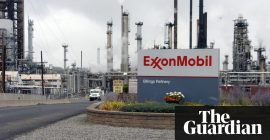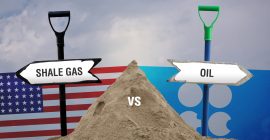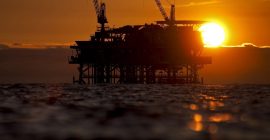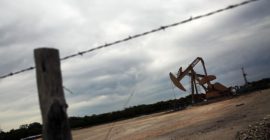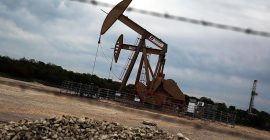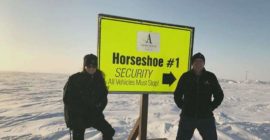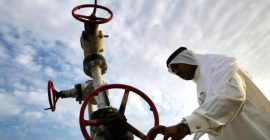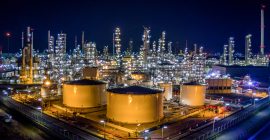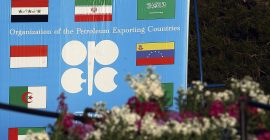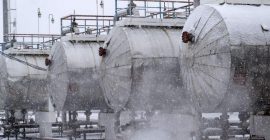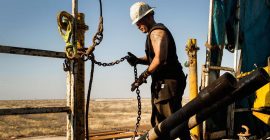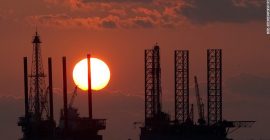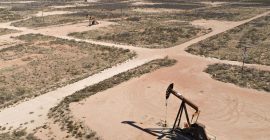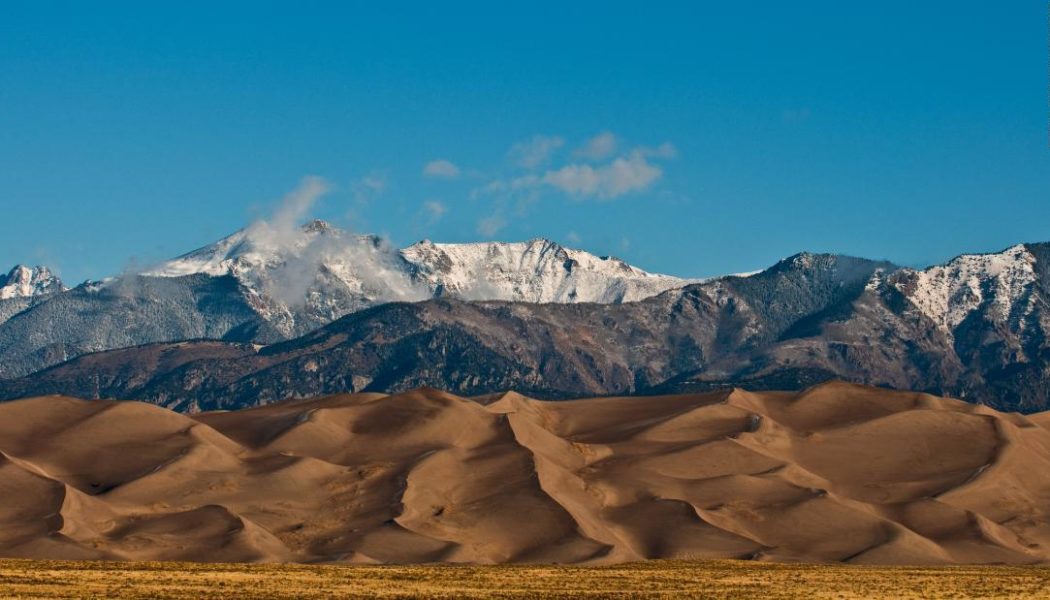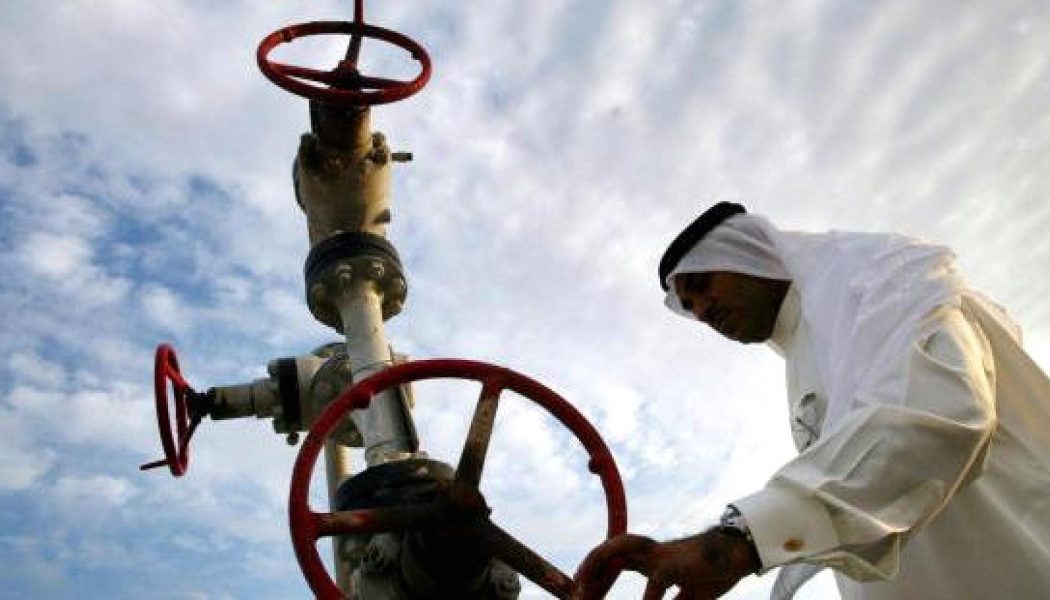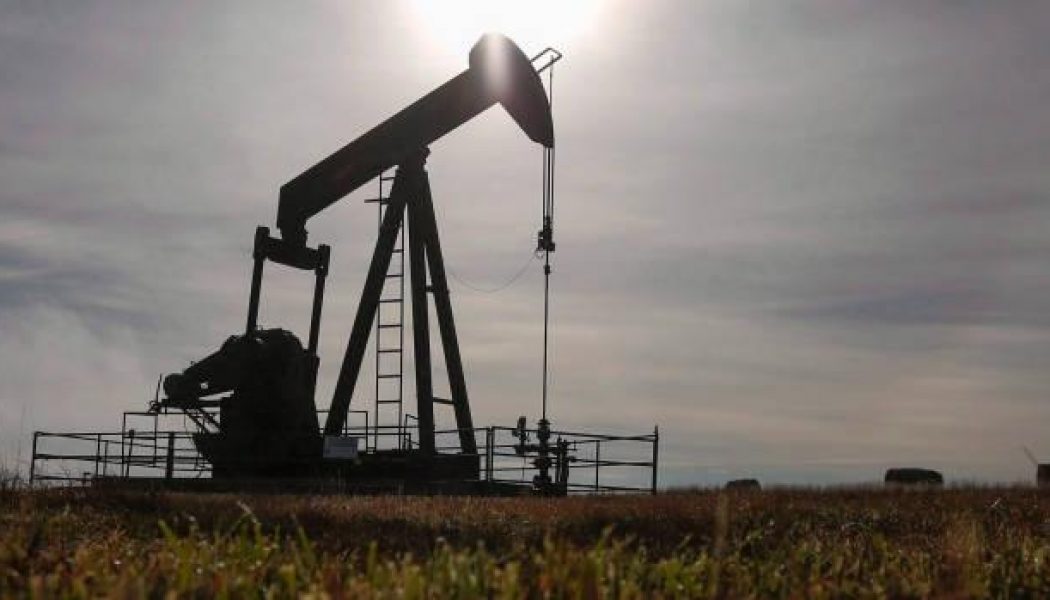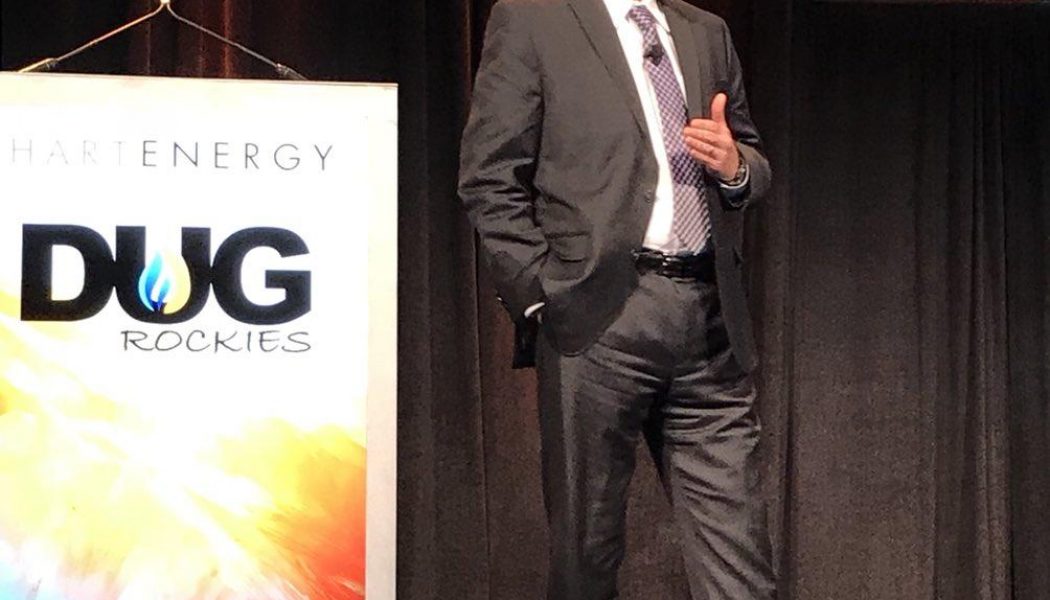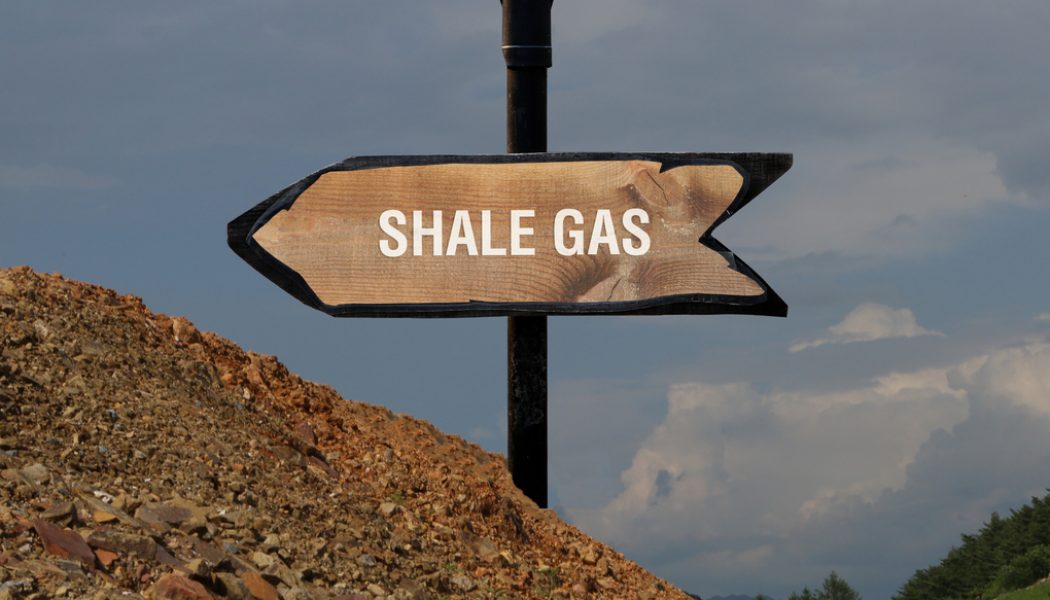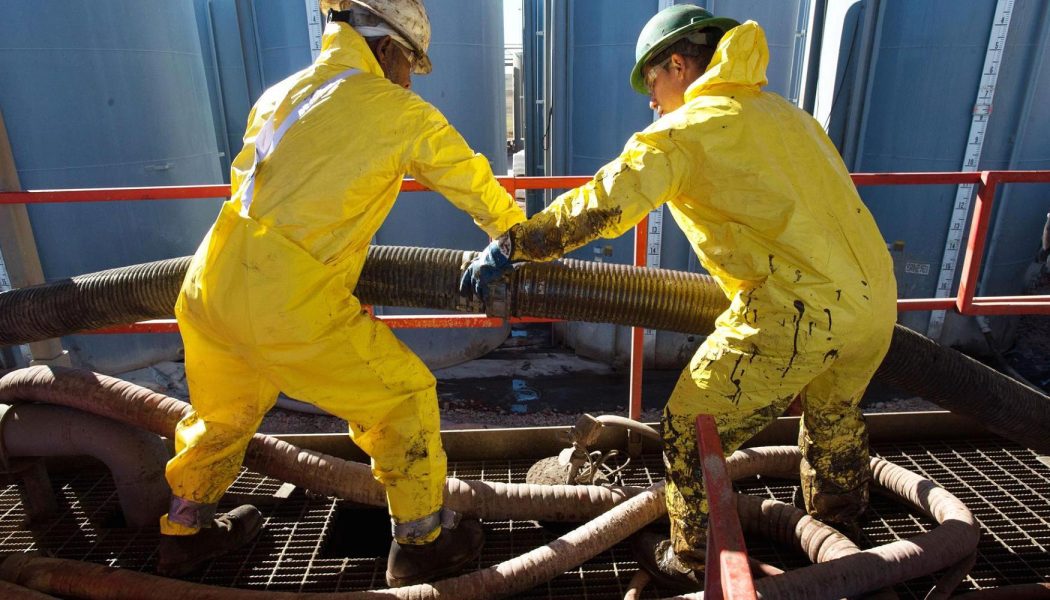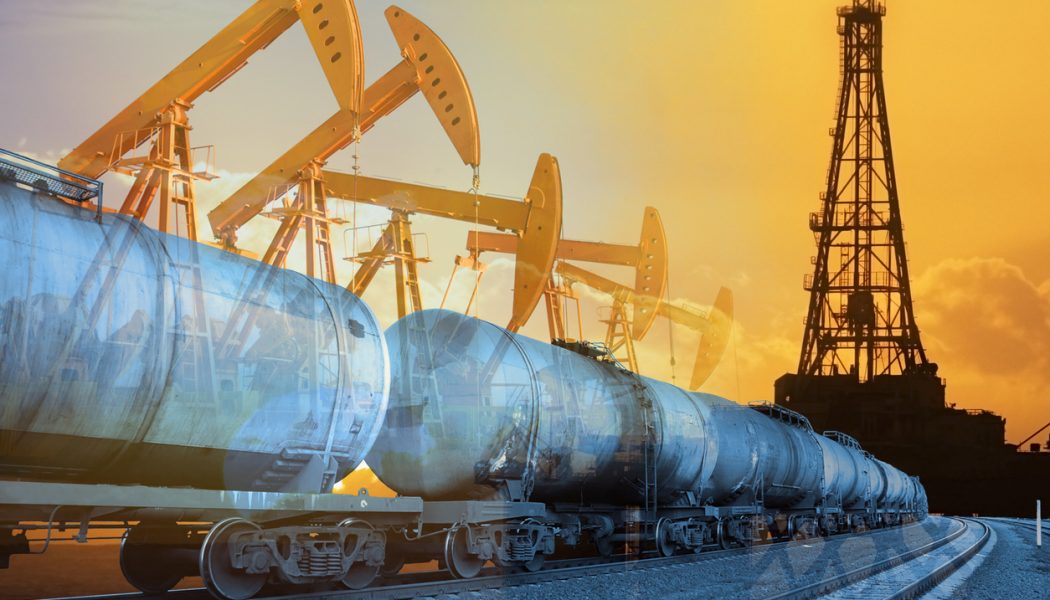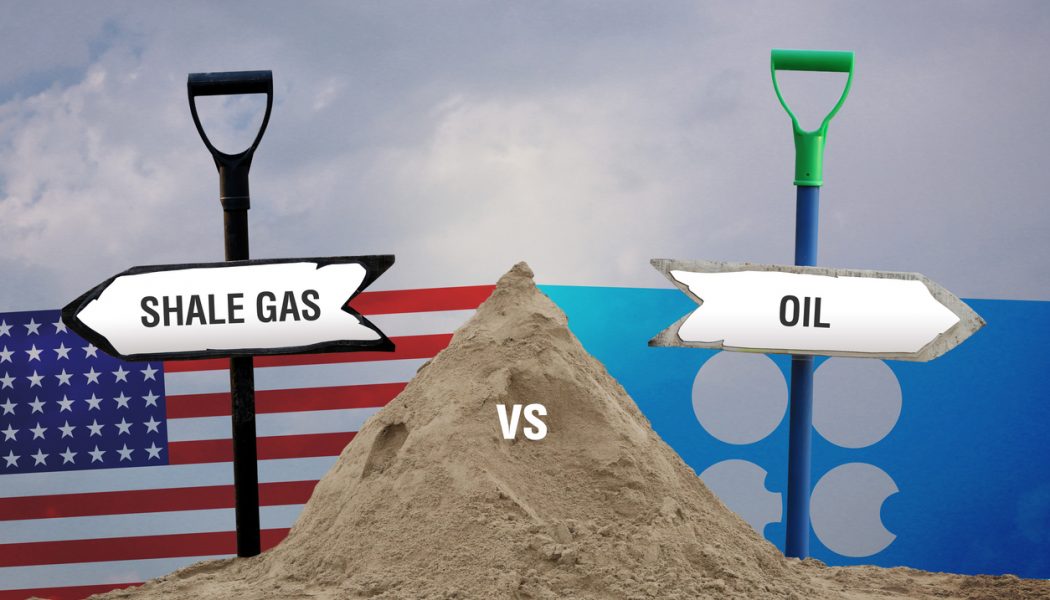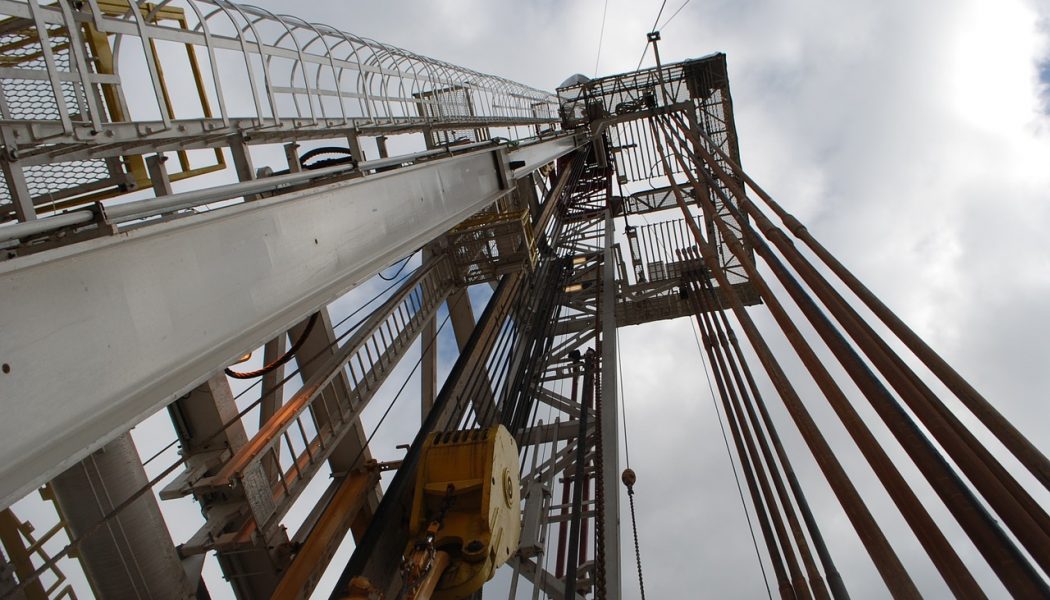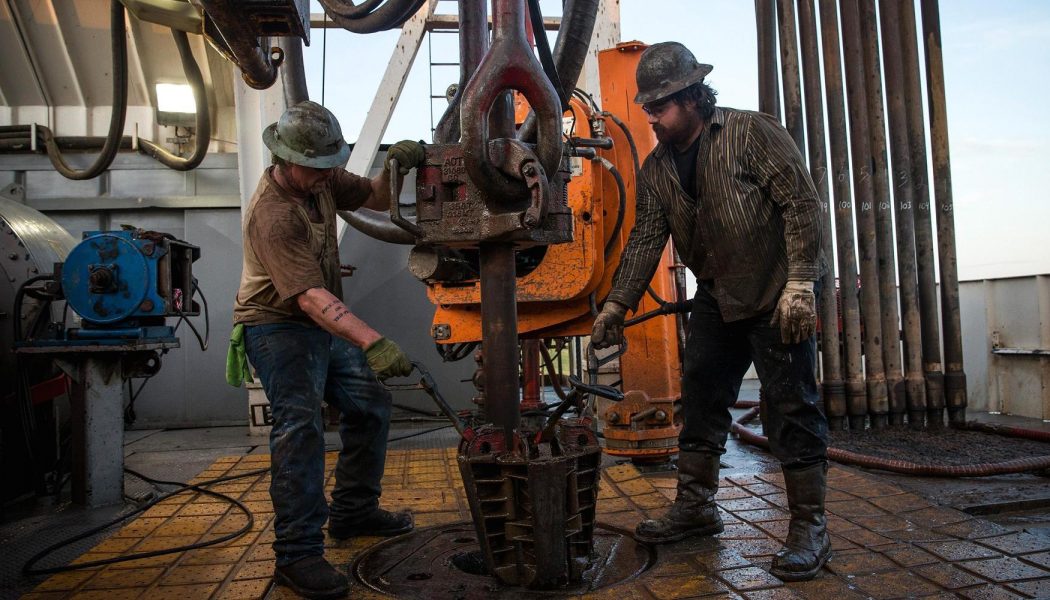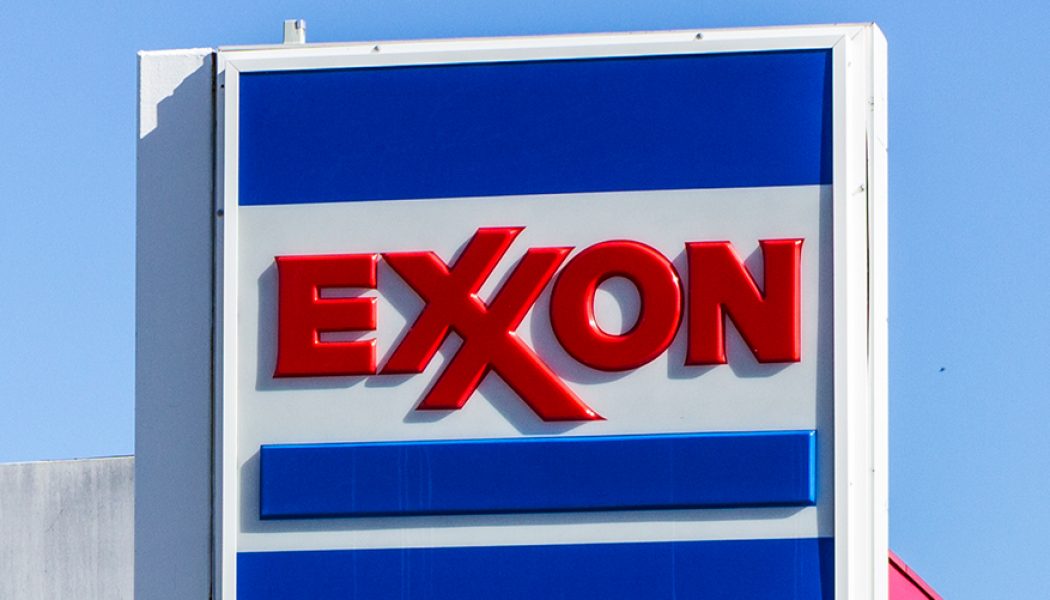Onshore
Oil and gas industry is coming for Colorado’s sand dunes
Alana Miller writes that the Great Sand Dunes, a national treasure, may be compromised if the Trump administration goes forth with a plan to allow oil and gas drilling nearby. Read Full Article Here: https://www.cnn.com/2018/06/25/opinions/great-sand-dunes-risk-oil-drilling-miller/index.html
Bahrain is betting on 80 billion barrels of oil to help clear its budget deficit
A new, massive oil discovery in Bahrain could help the island kingdom dramatically improve its economic and fiscal strength, according to analysts at Moody’s credit ratings agency. In early April, Bahrain’s Oil Minister Sheikh Mohammed bin Khalifa Al Khalifa announced its biggest discovery of hydrocarbon deposits in decades, estimated to be at least 80 billion barrels of tight oil and between 10 and 20 trillion cubic feet of deep natural gas. Found off Bahrain’s west coast, if it is verified by an international oil consortium as being technically and economically recoverable it could be a boon for the nation’s economy. Bahrain’s budget deficit was as high as 17.8 percent of gross domestic product (GDP) in 2016 and the International Monetary Fund (IMF) predicted there would be a defici...
It’s Houston vs. Houston, as offshore drillers compete with onshore shale oil
Competition for oil companies does not solely come from overseas anymore; the fiercest opponents are across the street, or maybe even in the same building. Executives and engineers responsible for offshore drilling are struggling to compete with their compatriots in the onshore shale oil fields. With the U.S. pumping more than 10 million barrels a day, the competition is Houston vs. Houston to see who can build the simplest, most productive wells. At the biggest oil companies, offshore engineers on one floor are competing against shale brethren on another for the limited dollars available for drilling. The team that produces the most barrels at the lowest breakeven price wins. […] Read Full Article Here: https://www.houstonchronicle.com/business/columnists/tomlinson/article/It-s-Hous...
Oil and gas drilling expected to increase slightly this year in Western Canada | CBC News
Despite a slight rise, the Petroleum Services Association of Canada has reduced its earlier forecast for the number of wells that will be drilled. Read Full Article Here: http://www.cbc.ca/news/canada/calgary/drilling-activity-western-canada-2018-forecast-1.4637115
Hess’ Biggs: Bakken Key To US Production Growth
At DUG Rockies, Hess Corp.’s vice president of onshore, Barry Biggs, told the audience the Bakken is a key driver of U.S. production growth. Read Full Article Here: https://www.oilandgasinvestor.com/hess-biggs-bakken-key-us-production-growth-1697926
As shale wells grow longer, buyouts attract hemmed in oil producers
A recent drought in oil company mergers and acquisitions could be coming to an end over a new Texas range war: U.S. shale producers are building miles-long horizontal wells that are running into their rivals’ land holdings. Read Full Article Here: https://www.reuters.com/article/us-usa-oil-permian/as-shale-wells-grow-longer-buyouts-attract-hemmed-in-oil-producers-idUSKBN1H61FW
US shale pumping will see oil prices slide back to $50, JP Morgan analyst predicts
Efficiency improvements from the world’s largest oil-producing firms and countries, alongside the rise of U.S. shale, will see prices slide back to near $50 a barrel, according to research at investment bank J.P. Morgan. Christian Malek, the head of EMEA oil and gas equity research at J.P. Morgan, said that the “breakeven” price — where they just about manage to cover their costs — for OPEC nations and major energy companies would drift back towards $50 a barrel by the end of next year. He explained this current price was in the mid-$60 a barrel price range, including for nations like Saudi Arabia, Iraq and Kuwait. However, the bank predicted a “breakeven duel” between the 14-member OPEC organization and big oil companies would soon “drive a vicious cycl...
Asset Sales Accelerate In The Oil & Gas Industry
Now that oil prices have solidified above per barrel, companies are beginning to shed more valuable assets to pay down debt and fund their more profitable plays. Read Full Article Here: https://www.forbes.com/sites/clairepoole/2018/03/20/asset-sales-accelerate-in-the-oil-gas-industry/#362fdaf91aee
U.S. shale output seen hitting record 6.95 million bpd in April – EIA
U.S. crude production from major shale formations to hit a record high 6.95 million bdp in April. This is the result of an estimated rise in 131,000 barrels per day, the U.S. Energy Information Administration (EIA) said in a monthly productivity report on Monday. That expected increase would top the 105,000 bpd increase in March from the previous month to what was then expected to be a record high of 6.82 million bpd, the EIA said. The expected increase in April is largely driven by gains in oil production in the Permian and Eagle Ford formations, according to the report. With this increase the U.S. shale oil industry is increasingly being seen as a disruptive, and potentially dangerous, producer related to the global supply balance. It’s unclear on how much OPEC and Russia can cut p...
Oklahoma adds 3 more rigs as US rig count increases to 981
HOUSTON (AP) — The number of rigs exploring for oil and natural gas in the U.S. increased by three this week to 981. That exceeds the 756 rigs that were active this time a year ago. Houston oilfield services company Baker Hughes reported Friday that 800 rigs drilled for oil this week and 181 for gas. Among major oil- and gas-producing states, Oklahoma increased by three rigs, Alaska and Pennsylvania each gained two rigs and New Mexico and Texas each increased by one. Colorado decreased by three rigs, North Dakota lost two rigs and Louisiana lost one. Arkansas, California, Ohio, Utah, West Virginia and Wyoming were unchanged. The U.S. rig count peaked at 4,530 in 1981. It bottomed out in May of 2016 at 404.
US shale investors still waiting on payoff from oil boom
U.S. oil production has topped 10 million barrels per day, approaching a record set in 1970, but many investors in the companies driving the shale oil revolution are still waiting for their payday. Shale producers have raised and spent billions of dollars to produce more oil and gas, ending decades of declining output and redrawing the global energy trade map. But most U.S. shale producers have failed for years to turn a profit with the increased output, frustrating their financial backers. Wall Street’s patience ran out late last year as investors called for producers to shift more cash to dividends and share buybacks… Read Full Article Here: https://www.cnbc.com/2018/02/23/us-shale-investors-still-waiting-on-payoff-from-oil-boom.html
ExxonMobile announces high-quality, hydrocarbon-bearing reservoirs from P’nyang South-2 well
ExxonMobil Corp. late Monday, January 15, announced that it encountered hydrocarbons after drilling the onshore P’nyang South-2 well, located in the Western Province of Papua New Guinea. “We are currently evaluating the well results and together with our co-venture partners will assess the P’nyang field resource potential and development pathway,” Liam Mallon, president of ExxonMobil Develop Co., said in a written statement. “We will work with the government of Papua New Guinea as we undertake this work.” According to ExxonMobil, Oil Search began drilling the P’nyang South-2 well on Oct. 22, 2017. The well is located in petroleum retention license 3, which covers 105,000 acres (425 square kilometers). The well was safely drilled to 8,940 feet (2,725 meters), reaching high-quality, hydrocar...
- 1
- 2

